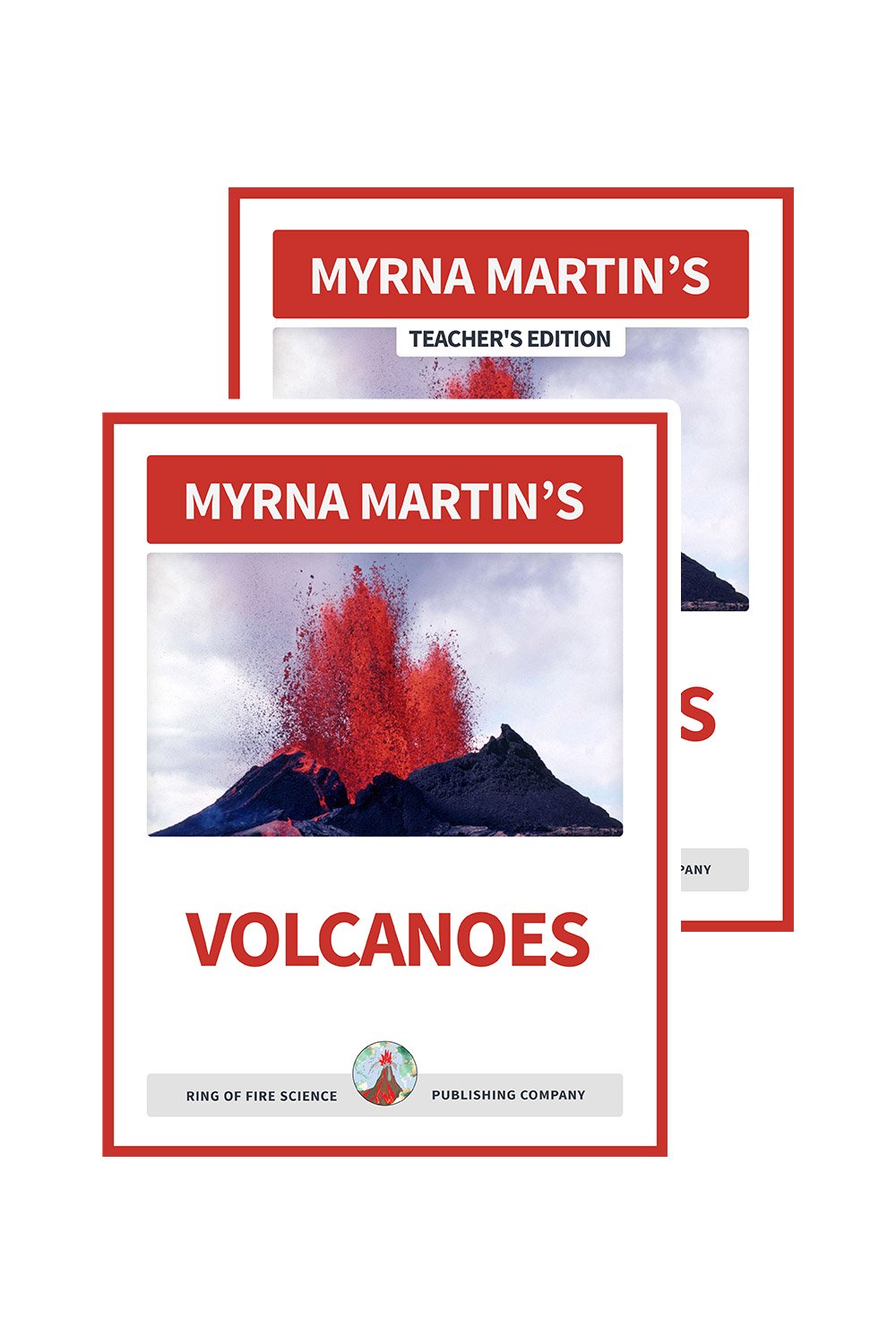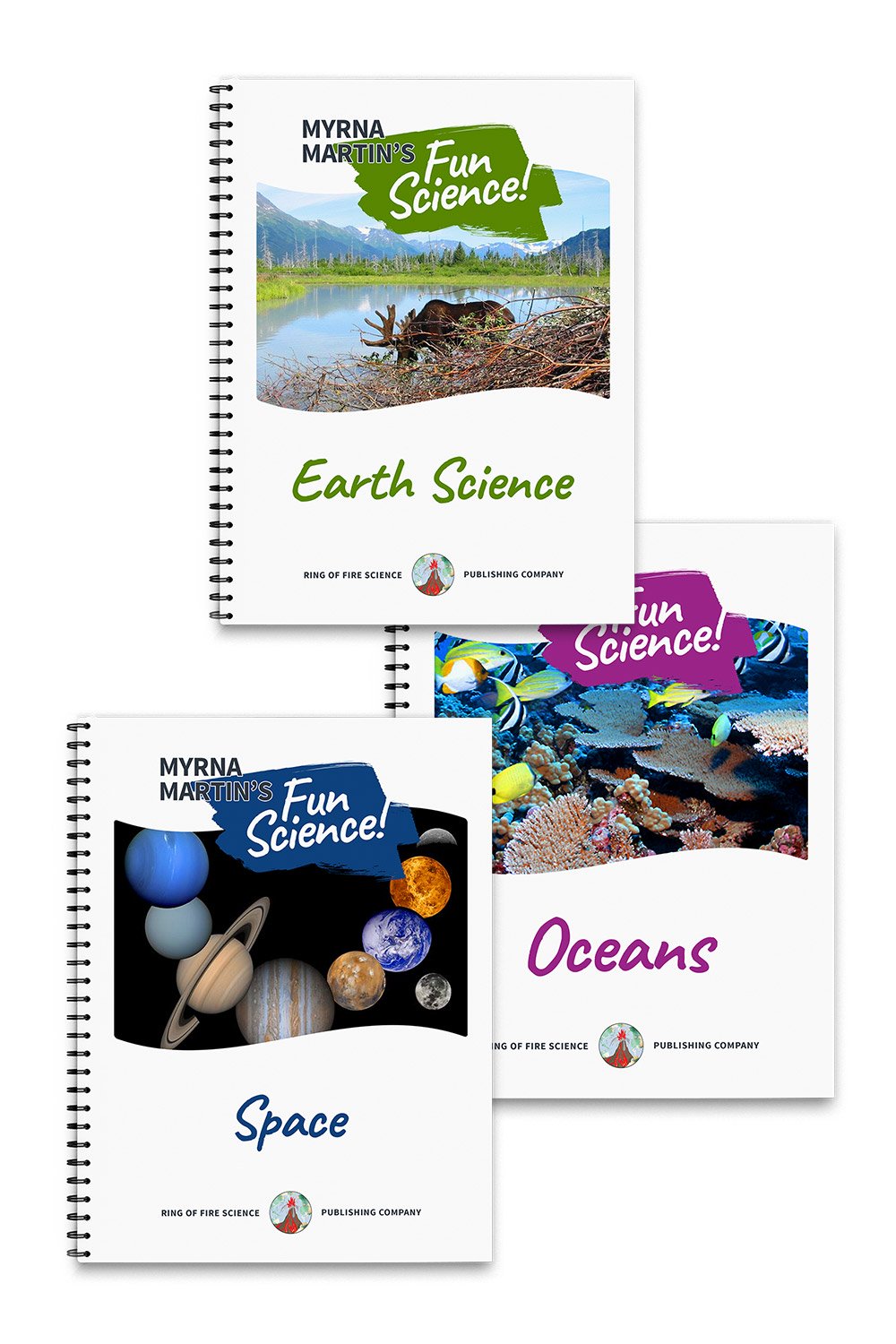Earths Interior
Mantle and Cores
The Earths interior is studied using earthquakes and boreholes. The different layers inside the Earth were discovered by the patterns of earthquake waves traveling through the Earth. Changes in densities of rocks can deflect earthquake waves, speed them up, slow them down or stop them.
Boreholes are used to study the Earth's crust. New equipment in recent years have allowed scientists to drill down over 40,230 feet to study the rocks on the Kola Peninsula in Russia.
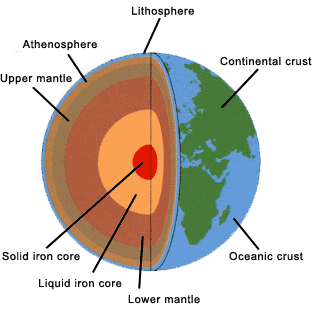
Boundary between crust and mantle
Scientists began studying the interior of the Earth after seismographs were invented. The first discovery by Andrija Mohorovicic was a boundary where p waves and s waves were deflected. Today this boundary is called the Mohorovicic Discontinuity or the Moho for short. Is is the boundary between the mantle and the crust.
Scientists found that oceanic crust is much thinner than the continental crust. They also found that the crust is the deepest beneath the Himalayan Mountains and other great mountain chains on the continents when they were studying the Earths interior.
Discovering inner and outer cores
The Earths core was discovered by Beno Gutenberg using data from seismographs. He found that P waves traveled through the entire body of the Earth but S waves did not. He found S waves were stopped at a boundary 2,900 km within the Earth. He knew that P waves were compression waves and they traveled through solids, liquids and gases. S waves are compression waves and they only travel through solid rocks. He published his research in 1913.
The Earth's inner core was discovered by Inge Lehmann. She was a Danish seismologist who lived on the opposite side of the Earth from Japan. Her studies focused on P waves that traveled directly from Japan through the core of the Earth. She discovered that inside the Earth's core earthquake waves were deflected by moving into solid rock that was at the very center of the Earth.
Borehole discoveries
Boreholes are being drilled in different areas by scientists to study the inside of the Earth. The Kola Superdeep Borehole drilled by the Soviet Union was halted in 1994. The Soviets had drilled for more than 24 years into the Baltic on the Kola Peninsula. They never reached their original goal of 15,000 meters. The scientists found that the temperature was much higher than expected.
They also found twenty-four species of microfossils 6.7 kilometers below the surface that were intact. Another unexpected discovery was that metamorphic rocks were discovered where researchers had thought they would find basalt rocks. They eventually had to stop drilling because the rocks flowed like plastic and when they withdrew their bits the rocks flowed into the borehole sealing it up.
More Facts About Earth Links
KIDS FUN SCIENCE BOOKSTORE
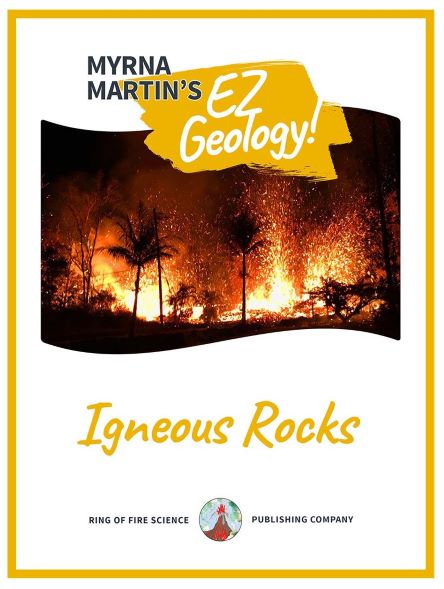 |
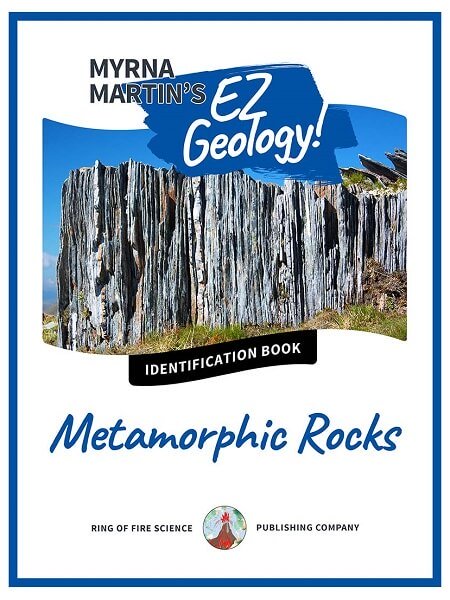 |
Check out Myrna Martin's award winning textbooks, e-books, videos and rock sets. The Kids Fun Science Bookstore covers a wide range of earth science topics. Click here to browse.
Sign up to our monthly newsletter and receive our FREE eBook containing 3 fun activities that don’t appear in any of our other books!
The Kids Fun Science monthly newsletter will include the following: current events, weird and fantastic facts, a question of the month, science trivia and the latest new content from our website.
We respect your privacy and you can be assured that we will never share your email address or use it for any other purpose than to send you our newsletter.



